One of those factors is the last number you tack on to your prices, and simple as that might sound, it's still significant. The implications of pricing your product at $99.99 instead of $100.00 extend way beyond the one-cent difference between the two.
That small distinction — known as odd-even pricing — can have a considerable impact on the image that your product, service, or brand projects.
Here, we'll dig into the concept a bit further, explore differences between odd and even pricing, take a look at the right time and place for each strategy, and see some examples that illustrate both methods.
Though odd-even pricing strategies can be employed in virtually any industry, they're most commonly associated with retail and ecommerce. Odd pricing strategies are more common than even ones, but that doesn't mean your company should assume that kind of pricing by default.
Pinning down the strategy works for you will rest on the nature of your business and the clientele you're hoping to appeal to. Let's take an in-depth look at both options to help you gauge which option suits you best.
Odd Pricing
Odd pricing is structured to give buyers the subconscious impression that your product is being sold at a discount. The psychology behind the practice hinges upon the particular attention consumers pay to the first number of a price. That initial number tends to frame a consumer's perception of a product's value more than the price as a whole.
For instance, when a product is priced at $9.99 as opposed to $10.00, most consumers are subconsciously inclined to see the initial "9" as being more significant than the "0.99" that follows it — creating the impression of value.
Leveraging odd pricing is a relatively simple, still-effective way to sway consumers into believing you're offering a bargain. So if your company is interested in attracting value-conscious consumers and demonstrating price sensibility, consider employing odd pricing.
Even Pricing
Even pricing plays on the other side of that psychological token. If the price of $99.99 is perceived as a bargain, then the price of $100.00 has to be perceived as a premium by default.
That's why the strategy is used primarily by higher-end brands, looking to project premium quality. So if you're trying to create that kind of brand identity, then it's in your best interest to employ an even pricing strategy.
Using Both
Though both strategies serve different purposes and are often used by different kinds of businesses, their applications aren't mutually exclusive. The two can be effectively leveraged in tandem.
Some companies will use both strategies simultaneously to help distinguish their premier options from lower-tier, sale, or clearance items. It's a good option for versatile brands with a wide variety of offerings, looking to appeal to consumers with varying interests and budgets.
Examples of Odd-Even Pricing
Odd: Men's Wearhouse
Here, we have an example from the Men's Wearhouse clearance section. In this case, the outlet is aggressively pushing deals for these particular sport coats. It's less concerned with casting these coats as premium items and more with moving excess inventory at a bargain. So, the company opted to leverage odd pricing to stress that point.
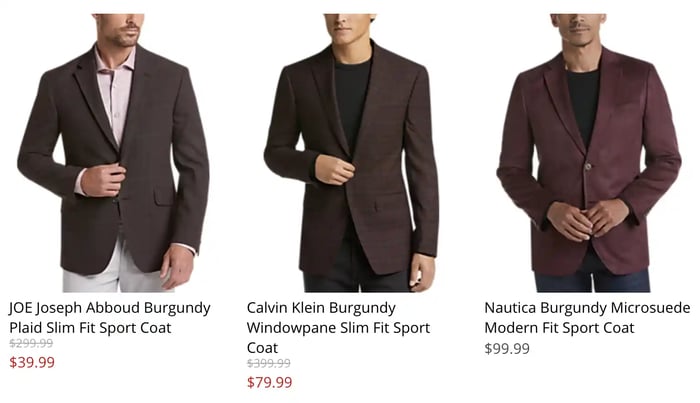
Even: Brooks Brothers
Brooks Brothers, a premium clothing brand, is trying to project that reputation through its pricing strategy. These coats are being sold at full-price to a consumer base that's willing to ignore bargains in favor of what they believe to be higher quality. So the company leverages even pricing.
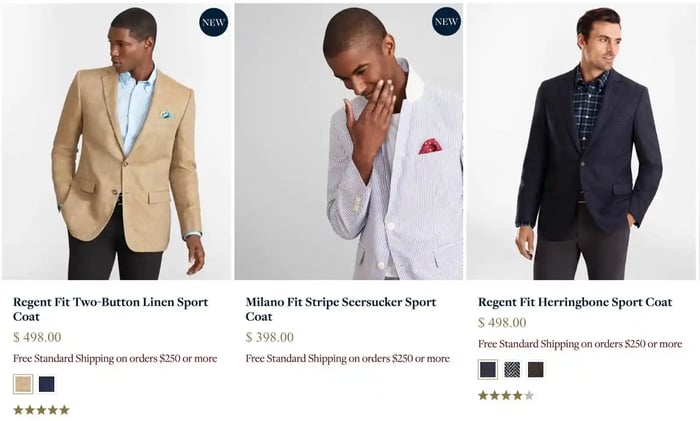
Odd: Mattress Firm
This is a lower-tier option available from mattress wholesaler Mattress Firm. The business is trying to appeal primarily to bargain shoppers with this particular product, so it opted to leverage odd pricing while promoting it.
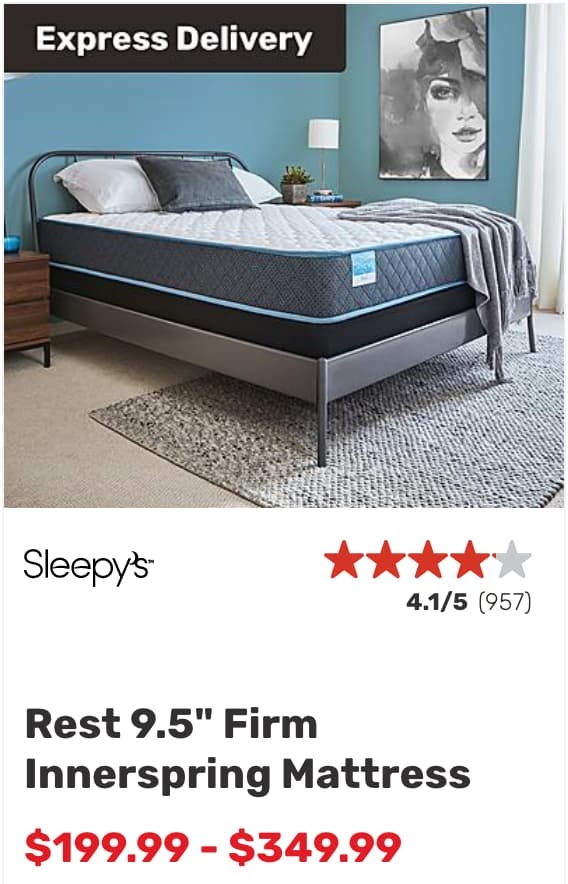
Even: Also Mattress Firm
Mattress Firm is an example of an outlet with a wide breadth of products and a diverse customer base. Since it has that kind of range in terms of its offering and buyer budgets, it can use both odd and even pricing in tandem to project the bargains of its lower-tiered options and premium quality of its higher-tiered ones.
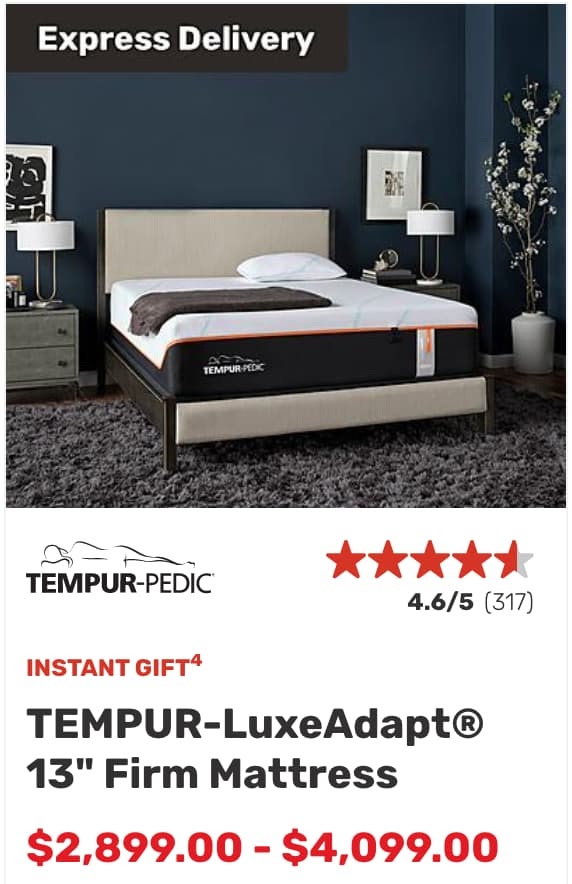
Considering odd-even pricing is an aspect of your overall pricing strategy that can easily be glossed over. Deciding whether you're better off charging $9.99 instead of $10.00 might seem inconsequential, but it can still have a significant impact on how your brand is perceived and the kind of customer you appeal to.
No matter the nature of your business, it's worth your time to give some serious thought to that last digit of your prices.
Pricing Strategy
.png?width=112&height=112&name=Image%20Hackathon%20%E2%80%93%20Vertical%20(45).png)
.jpg)
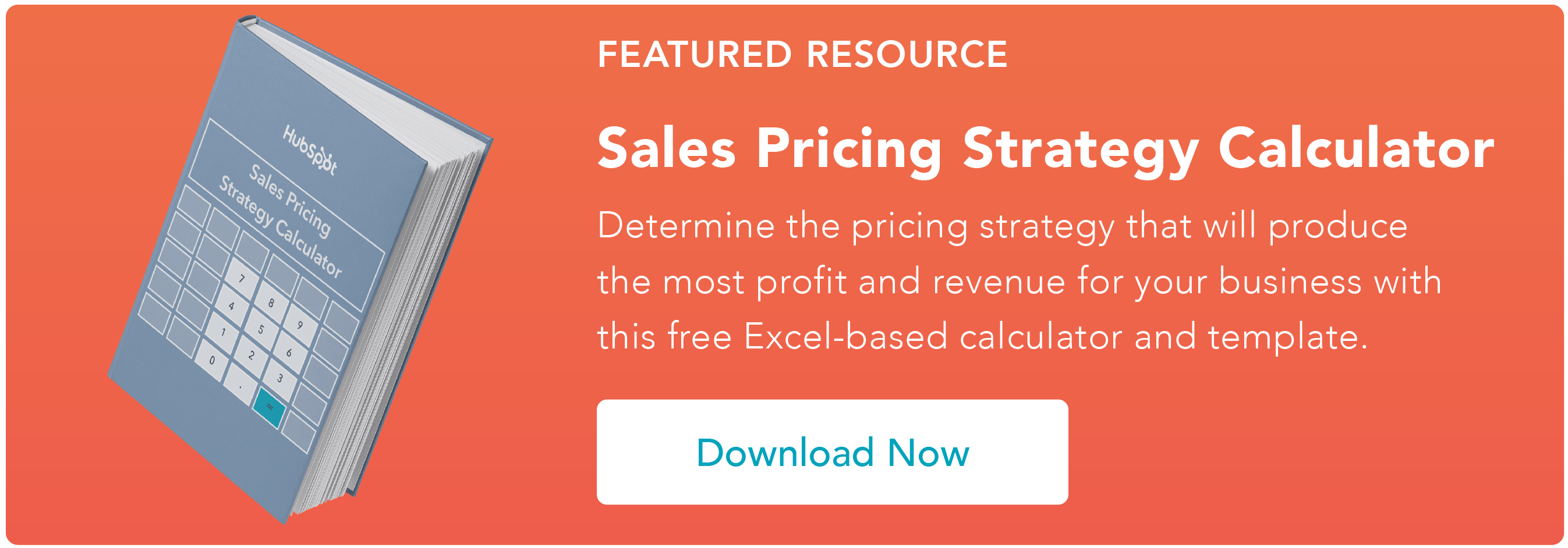
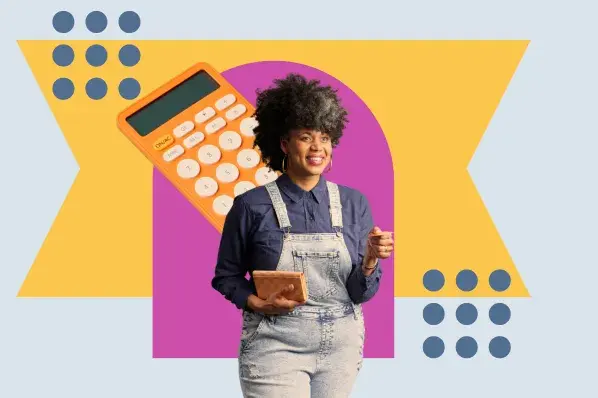
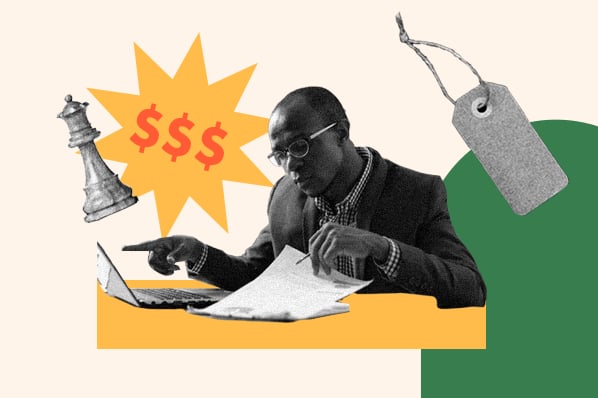
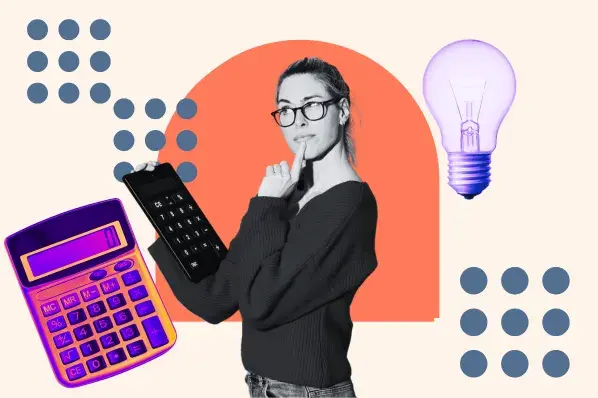
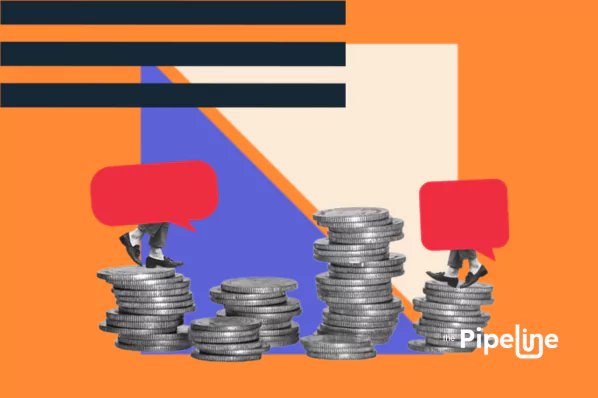
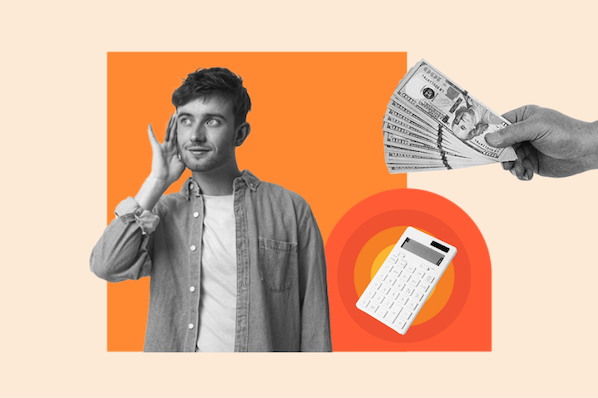
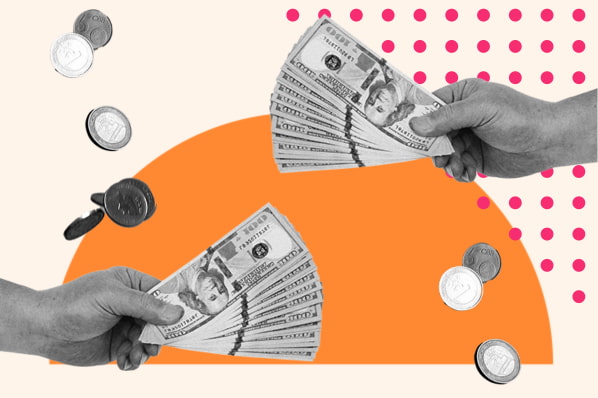
![Price Skimming: All You Need To Know [+ Pricing Calculator]](https://53.fs1.hubspotusercontent-na1.net/hubfs/53/price-skimming-strategy.jpg)

.jpg)
![B2B Pricing Models & Strategies [+ Pros and Cons of Each]](https://53.fs1.hubspotusercontent-na1.net/hubfs/53/b2b-pricing-models-and-strategies.jpg)